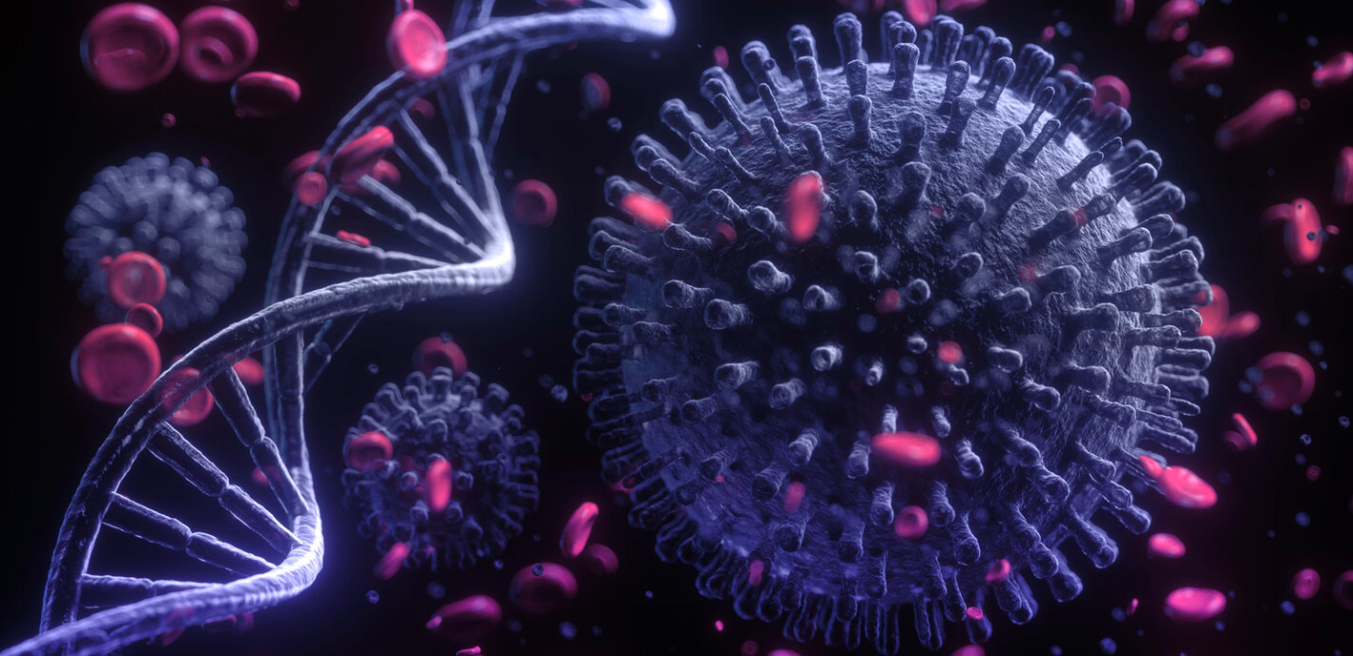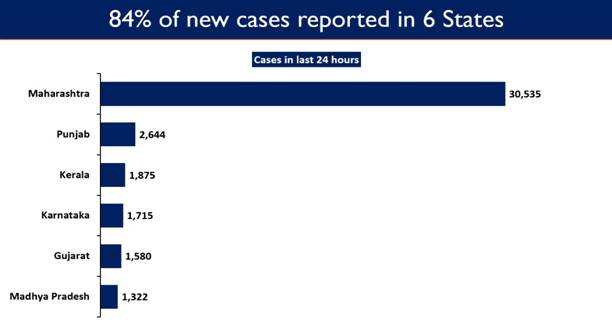The revision was the outcome of a Technical Expert Group meeting convened by WHO in 2020 to assess the results of a systematic review of published literature on critical concentrations for DST of the most important first-line anti-TB drugs, isoniazid and the rifamycins (rifampicin, rifabutin and rifapentine). New evidence showed that critical concentrations used for phenotypic methods to detect rifampicin resistance may incorrectly classify strains with certain mutations. The following media were considered: Löwenstein-Jensen (LJ), Middlebrook 7H10 (7H10), Middlebrook 7H11 (7H11) and BACTEC™ Mycobacterial Growth Indicator Tube™ 960 (MGIT).
Guidance has been provided to resolve discordance between genotypic and phenotypic results for these drugs and areas for further research have been highlighted. The full report is available here.
DST methods continue to have a very important role to identify resistance not detected by molecular assays and to support the interpretation of molecular assays results. However, they require sophisticated laboratory infrastructure, qualified staff and strict quality assurance procedures.










